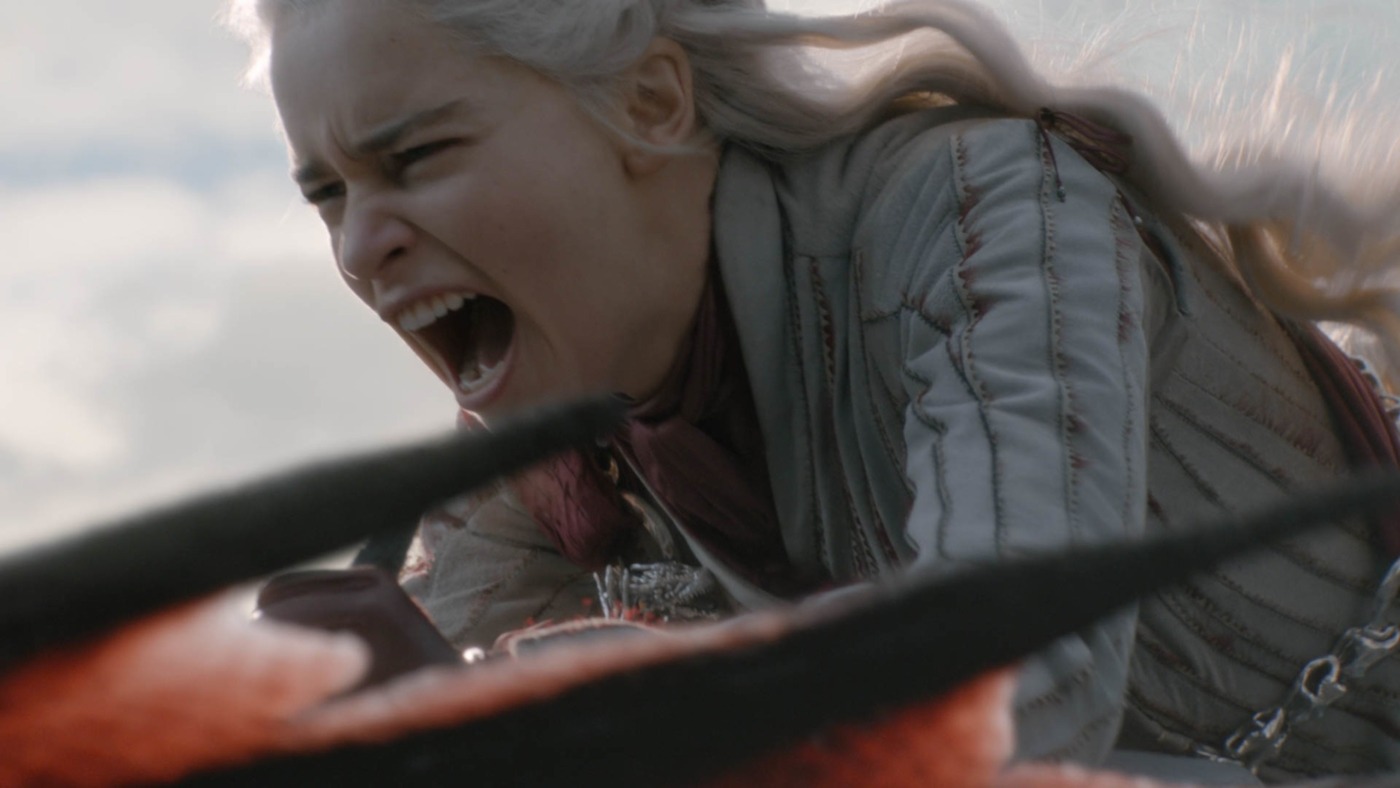In defence of the Women of Westeros
Game of Thrones is no stranger to controversy. Throughout its eight-season run, the immensely popular TV show has attracted a number of criticisms concerning diversity, nudity, violence and, as a petition demanding the remake of season Eight went viral, the calibre of writing. However, the most consistent criticism of the show has been over the portrayal of women and the treatment of its female characters.
Using data from the research group Ceretai, a recent BBC article discovered that female speech consists of only 25% of all the speaking time in the show – and as low as 22% in its final season. From the article, the co-founder of Ceretai, Lisa Hamberg, argued that “unfair representation” was indicative of a wider problem of how females are treated in media.
It sends a message that women are unfit to rule and must be killed off to allow men to take centre stage
Beyond abstract statistics however, women have increasingly dominated Westeros. As the story has progressed, and major players like Tywin Lannister and Robb Stark were cut down, women have risen to positions of power. Cersei assumes the crown after outlasting her husband’s and successive son’s reigns. Daenerys Targaryen rises from a position of helplessness to commanding an army of Dothraki, Unsullied, three dragons and alliances across Westeros’ most noble houses.
Season Eight only solidified the rise of women. The final showdown centred on Cersei and Dany, and whilst the maligned brick scene didn’t provide the payoff many people wished for, women stole the show. The final season is filled with images that will live longer after this season. Arya stabbing the Night King. Daenerys walking as Drogon’s wings unfurl behind her. Sansa crowned Queen of the North. Powerful female moments which did not require speeches to elevate their performances.
One vocal criticism from the final season suggested that the demise of strong women such as Daenerys and Cersei is inherently sexist. It sends a message that women are unfit to rule and must be killed off to allow men to take centre stage. Apart from the fact anyone wishing women with a penchant for burning (by dragonfire or wildfire) to rule Westeros should be severely questioning their judgement, these deaths were characterised less by sexism than by poor writing.
The problem hinges less on female treatment and more on wayward writing
This does not diminish problematic female scenes across the show. The Sansa rape scene drew justifiable criticism. Her conviction that her abuse made her who she is deserves even more. Yet whilst it was poorly worded and ill-advised, the intention seemed to be to portray her strength despite all she had endured. The Jaime and Cersei scene in season Four’s ‘Breaker of Chains’ was construed as rape despite filmmakers protesting that it was consensual. Again, the problem hinges less on female treatment and more on wayward writing, which distorted the message they were trying to get across.
Another persistent criticism condemns the nudity scenes. Inhabiting the mother of dragons, Emilia Clarke has undressed more than any other character on the show. However, she frequently rebuts accusations of sexism. Mentioning the scene where she burns down the Khalasar Temple and emerges with her clothes burned straight off, she commented; “It was a wonderful strong moment. a real empowering, girl-power wow scene”. Many nudity and sex scenes, especially in the earlier seasons, were rather more gratuitous. But these scenes have since been shared by males and females alike.
We cannot escape from the fact that Game of Thrones, adapted partially from the books, exists within the fantasy genre as an alternative medieval fiction. Sexism is clearly part of the social customs of this time, with brothels and whorehouses galore. Yet one of the most powerful moments of season Eight follows Brienne of Tarth on the eve of battle, who became knighted as the first female knight of the realm. Alongside Arya’s exploits as faceless assassin/Night King vanquisher, this illustrates a breakdown of some of the social boundaries women were constrained to.
(Game of Thrones) has provided a host of female icons which will stand the test of time
This might not seem an outright compliment, but it is striking that the women of Westeros are drawn as complex, flawed and problematic as the male characters. It was not long ago that Hollywood was full of complaints that women were reduced to eye candy and stereotypes and token roles. The fact that Cersei’s uncompromising lust for power, Daenerys’ unflinching vision of justice, and Arya’s unyielding desire to not be a lady was not downplayed is significant.
Female representation was not limited to the main cast. Olenna Tyrell, the famous queen of thorns, turned wit into a form of poetry. Her granddaughter Margaery stole hearts with her mix of compassion and strategy in Kings Landing. Meanwhile Catelyn Stark’s muted agony at the red wedding encapsulates the adage that a picture can convey a thousand words.
Game of Thrones is entertaining, powerful and at times poetic. Whilst it may not be crowned the greatest piece of television, it has provided a host of female icons which will stand the test of time. As their tales unfold in victory and tragedy, it is worth remembering that female representation is not perfect. Mainly through CGI budget constraints, direwolf representation even less so. Yet Lisa Hamberg suggests even strong female characters that do not speak as much as men is a failure. I would argue that having a voice comes not just through speaking but action, deeds and legacy. In this case, the women of Westeros are anything but voiceless.

Comments